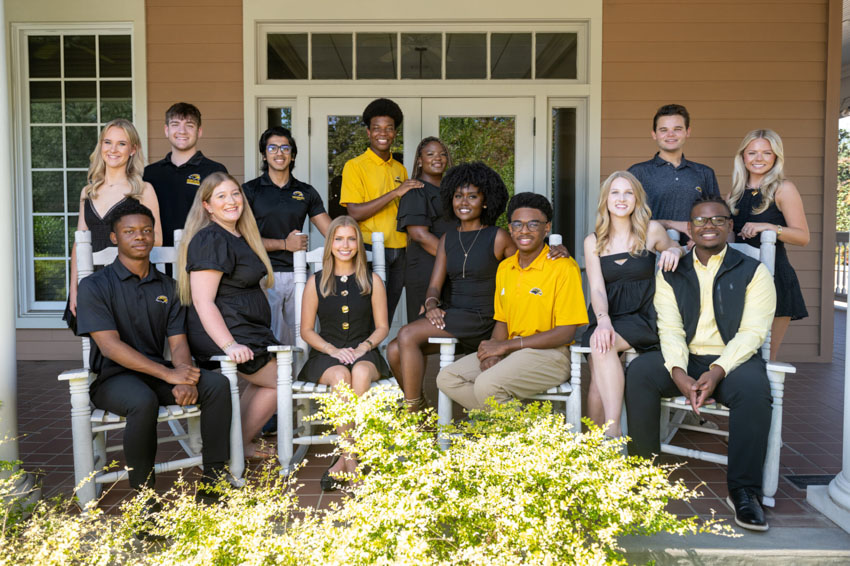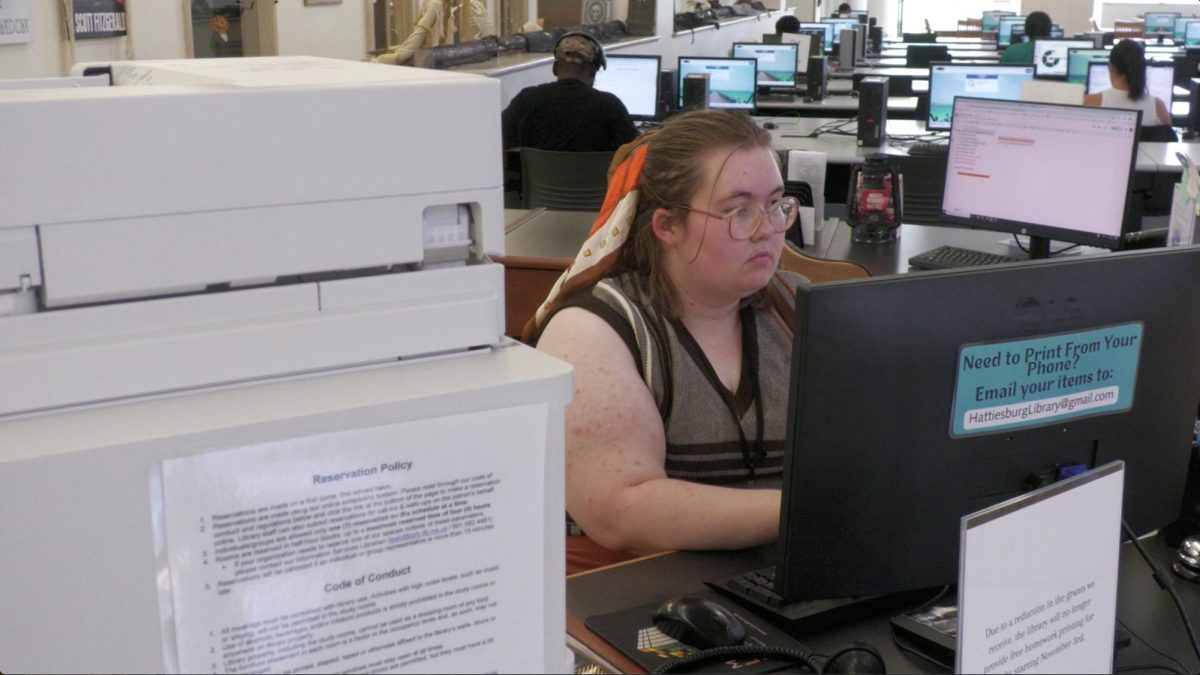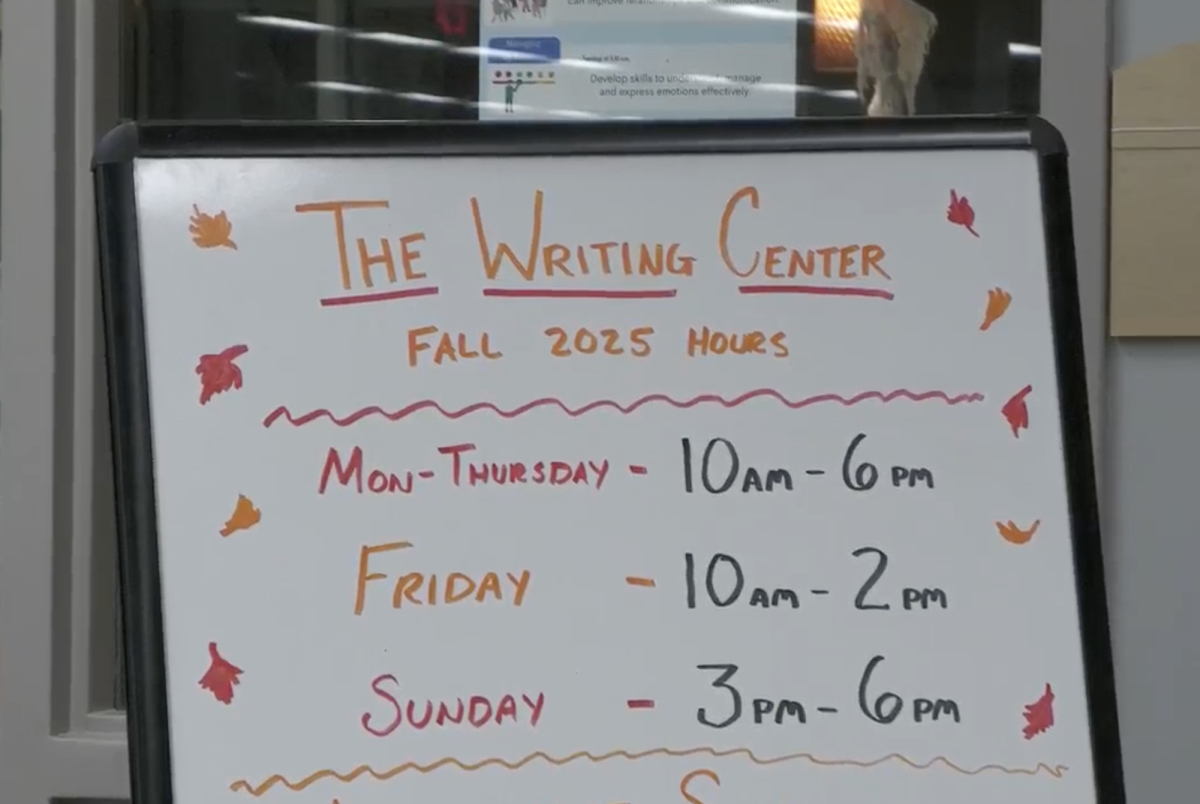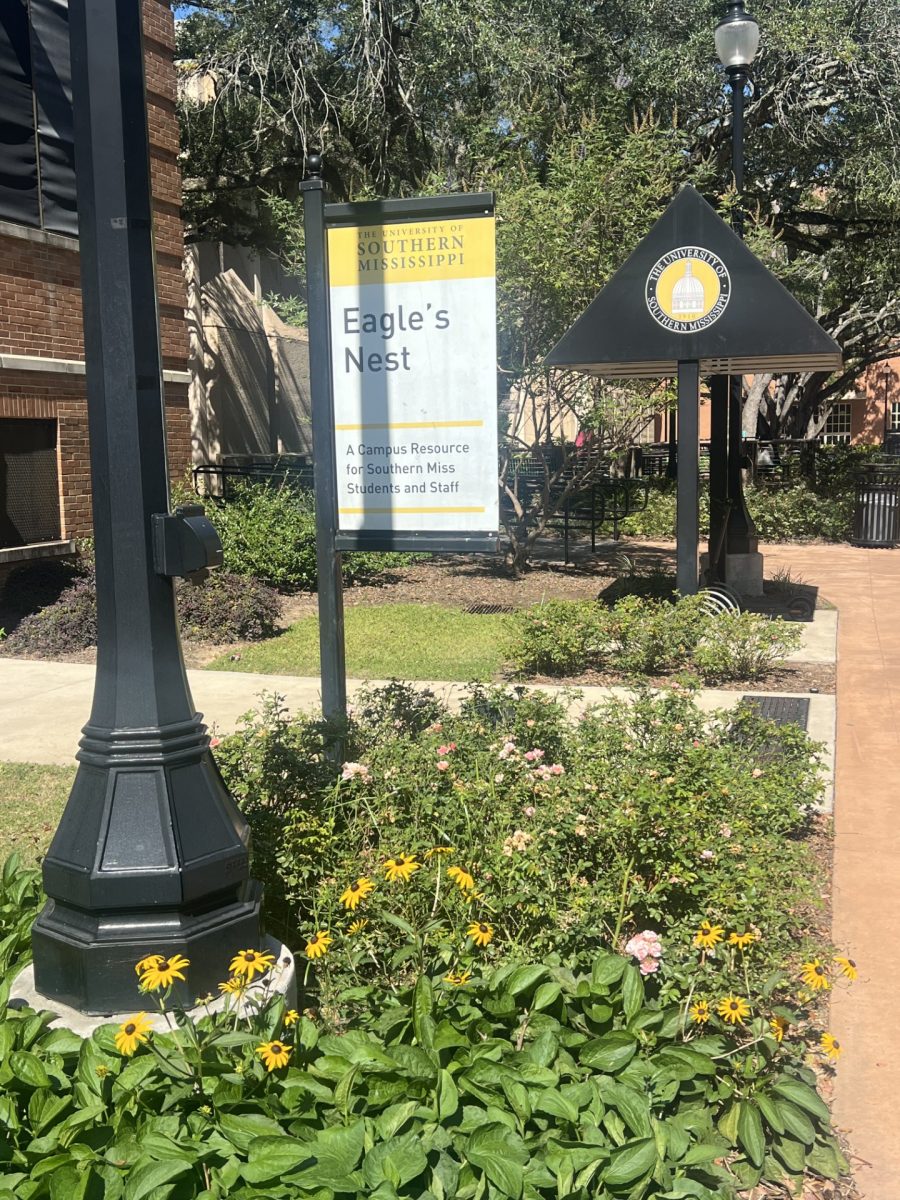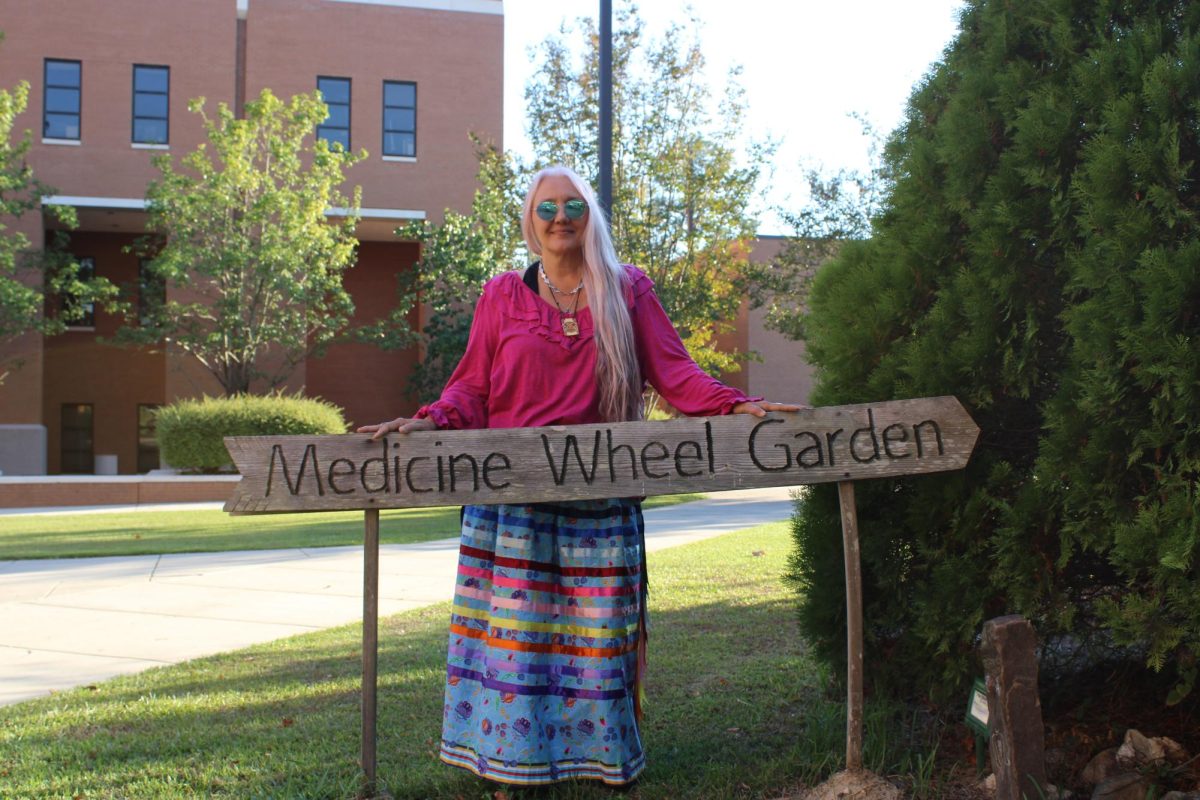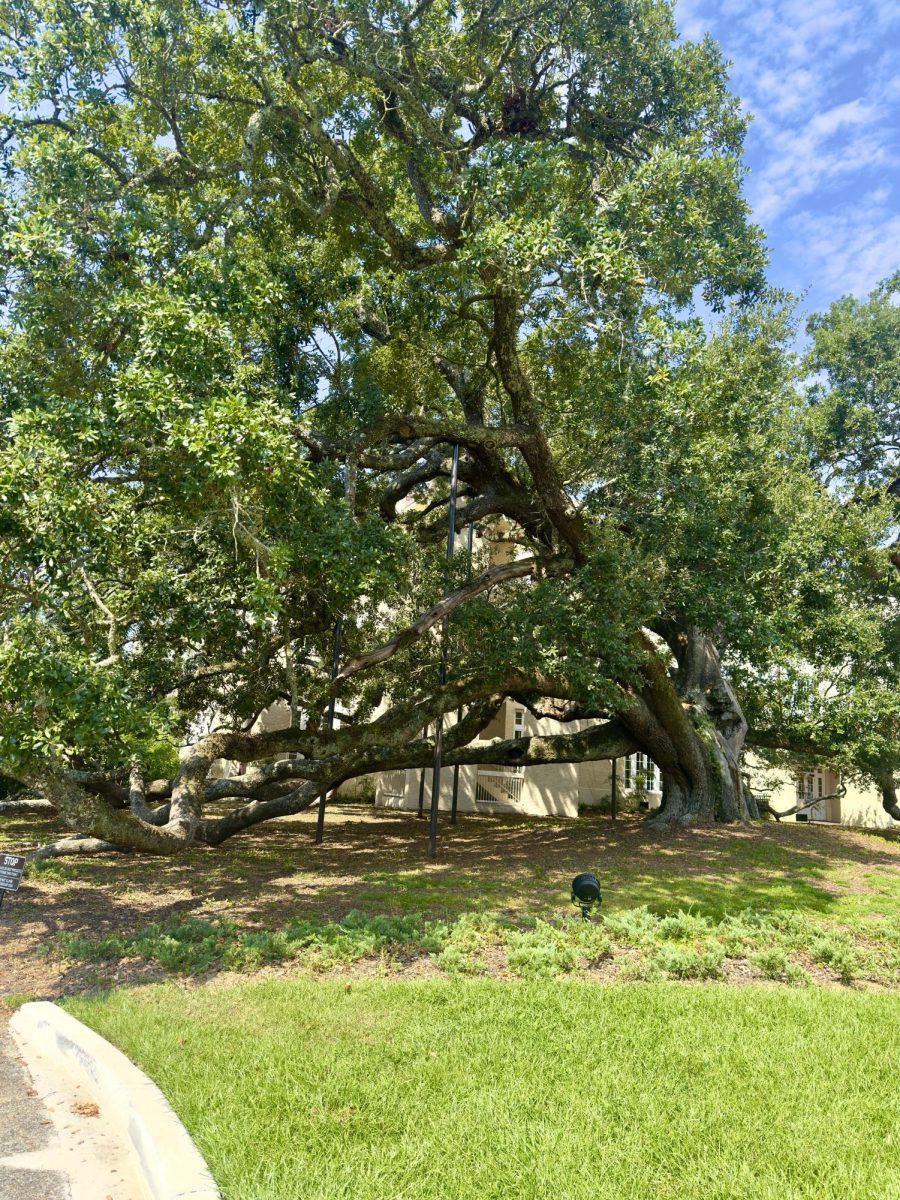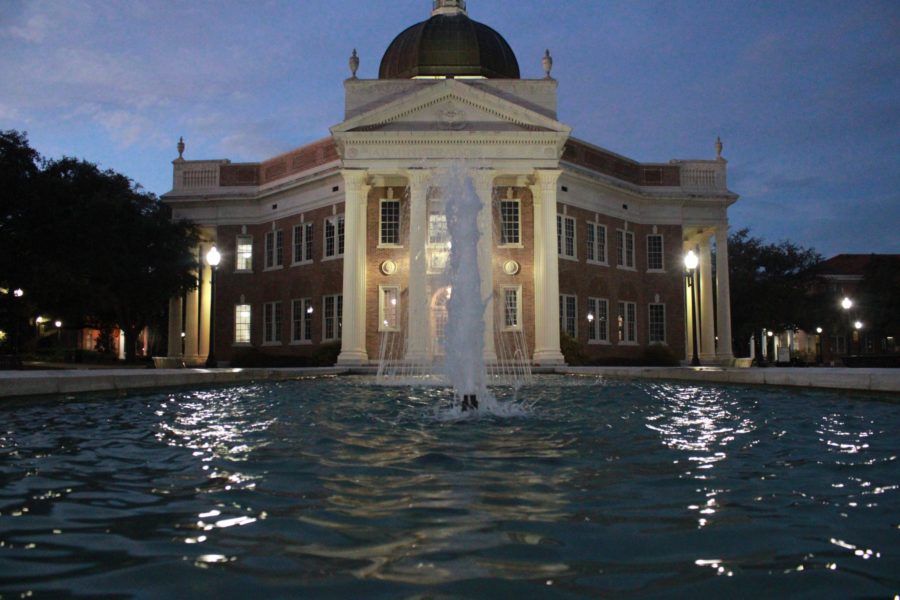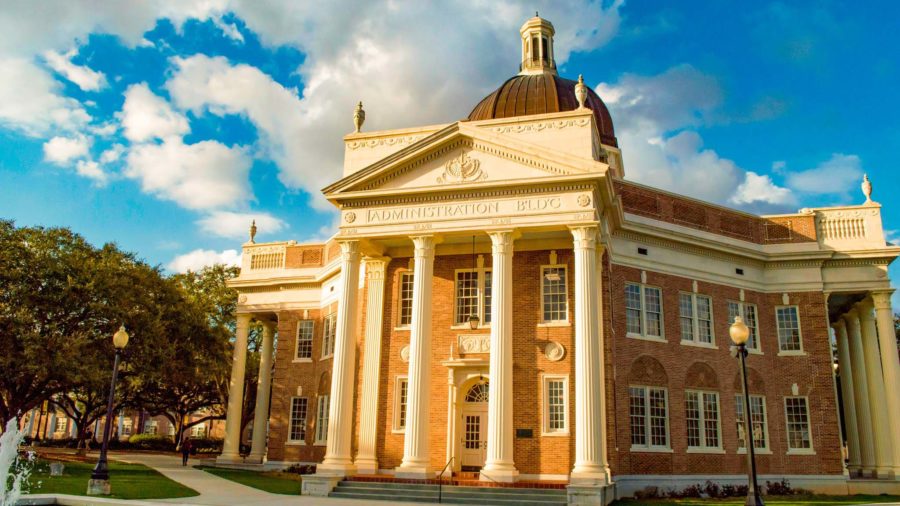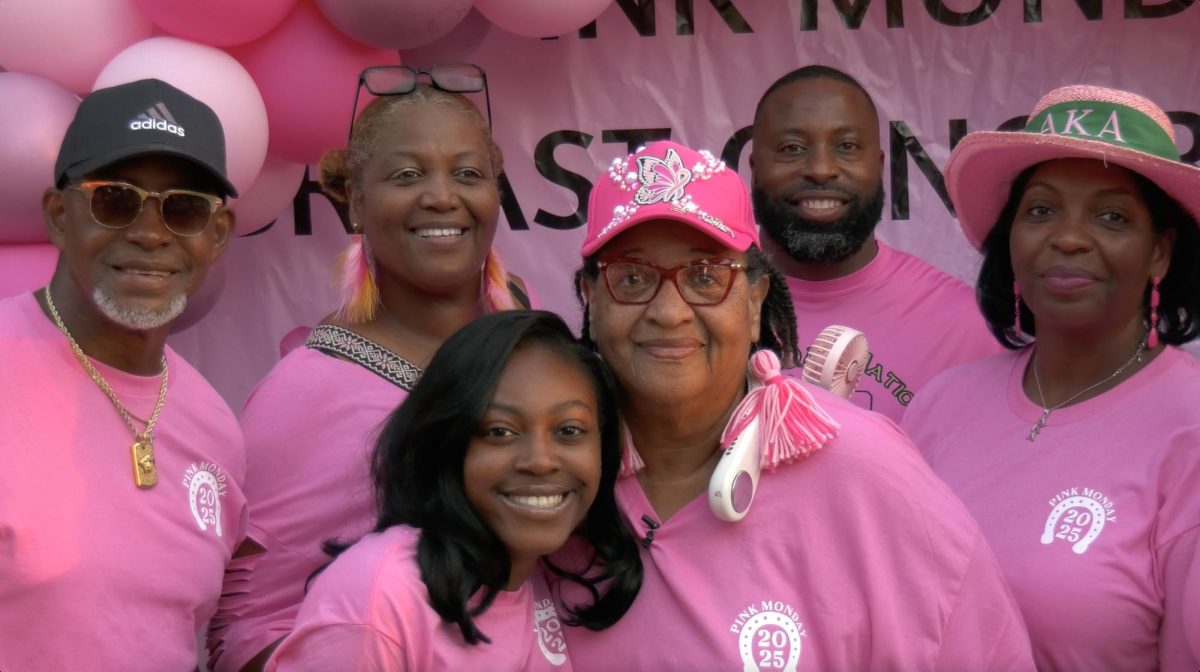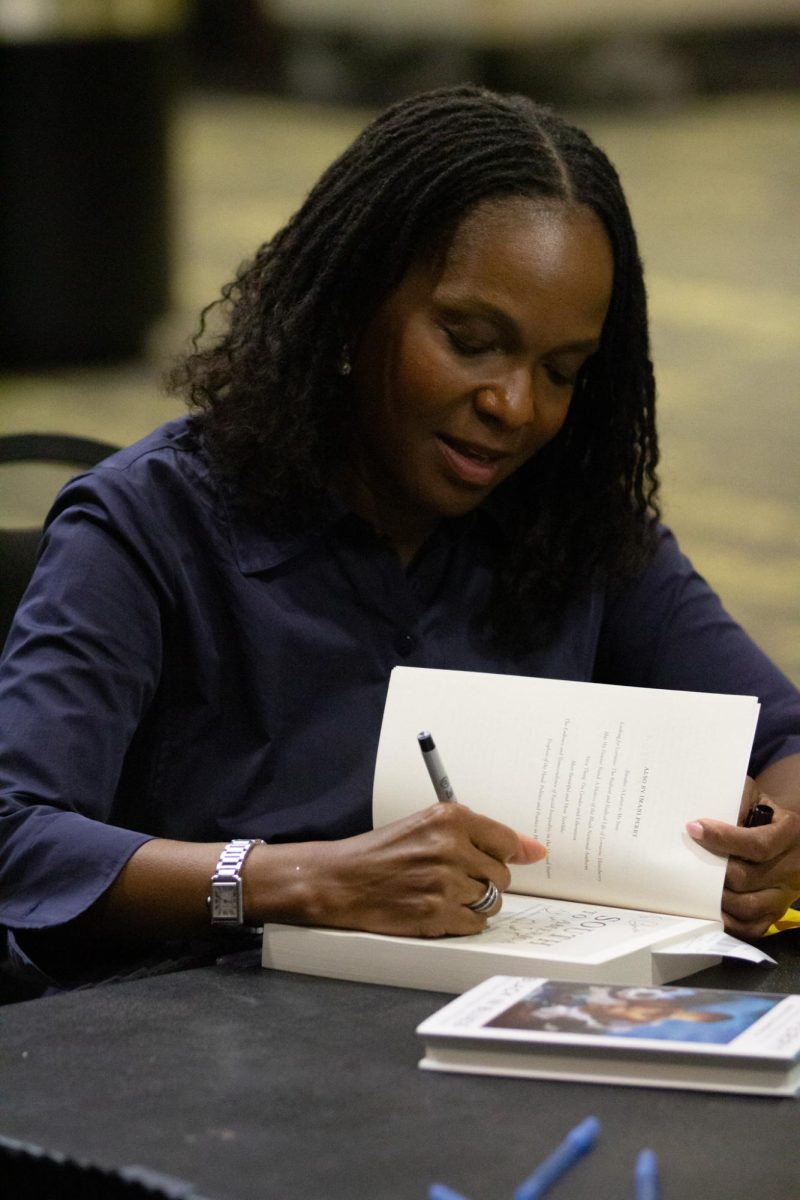Though the worst of Hurricane Ida hit Louisiana last Sunday, Mississippi residents are still recovering from the strong winds and rampant flooding over the weekend.
Ida made landfall as a Category Four hurricane on Aug. 29, 16 years on the date from Katrina’s landfall, with the National Weather Service recording its top winds reaching 150 miles per hour. Though it weakened into a tropical storm once it crossed the state border, with top winds only hitting 45 to 50 mph, Ida still wreaked havoc throughout Mississippi.
University of Southern Mississippi Geography and geology professor Thomas Patterson said that the Pine Belt region avoided the devastation that Louisiana experienced, but Ida’s impact in Mississippi is yet to be discovered.
“Most effects arise days to weeks after the system has passed,” Patterson explained in an email to The Student Printz. “These can include displaced families, loss of water and power, disruption of schools, etc.”
Photos by Mariah Reed and Charlie Luttrell
There are numerous reports of downed power lines and trees due to high winds across the state, with several businesses and homes damaged in the process. Flooding also proved a problem for many, with the City of Hattiesburg alone reporting blocked roadways along streets like Hardy, O’Ferral and Hwy 49.
Thousands of residents have also fallen victim to citywide blackouts, especially in places like Brookhaven, Natchez and McComb. Entergy, one of the state’s top power providers, is, as of writing, still trying to restore power to over 19,000 customers in Mississippi alone.
In the immediate aftermath of Hurricane Ida, many Southern Miss students are struggling to put things back together, especially those from Louisiana. Senior broadcast major Rachel Hernandez stayed in Hattiesburg for Ida while her family stayed back in Louisiana.
“My mom stayed in Metairie and they don’t have power or water. It’s probably going to be a while before they get it [back],” Hernandez said.
While Hernandez was able to contact her family in Metairie after the storm, her family was unable to contact her father, who was in LaPlace, Louisiana as a volunteer police officer for St. John the Baptist Parish. While Hernandez’s father contacted her and is safe, she said it is hard to focus on school with her family still recovering from the storm.
There are a lot of uncertainties now that the worst of Ida has passed Louisiana and Mississippi. As the newly weakened tropical storm crawls up the east coast, worries of increased death tolls and horrific property damage are as present as ever. Some are worried that Ida may turn into a COVID-19 super-spreader, as grocery stores and evacuation shelters alike were packed by potentially unvaccinated residents.
There are also a lot of concerns over which towns will be deemed “eligible” for federal aid, especially from the Federal Emergency Management Agency (FEMA). Hernandez expressed her concern that smaller towns won’t receive the same amount of FEMA relief that larger cities will.
“In the aftermath, people from out of the state are going to be focused on New Orleans,” Hernandez said. “Yes, New Orleans got some damage but not nearly as bad as all the lesser-known towns surrounding it. I’m concerned that they are not going to get the help and aid that they need in the aftermath.”
Patterson emphasized that the Atlantic hurricane season lasts until November and encourages people to stay updated with local weather stations and information from the National Hurricane Center.
To keep up with Southern Miss’s response to natural disasters, make sure to keep your contact information up-to-date on Eagle Alert, the campus’s emergency notification system. To sign up for Eagle Alert, or to update your contact info on it, visit https://www.usm.edu/police/eagle-alert-enrollment-login and follow the instructions to access your account.
SM2 News Director Charlie Luttrell also contributed to this report


